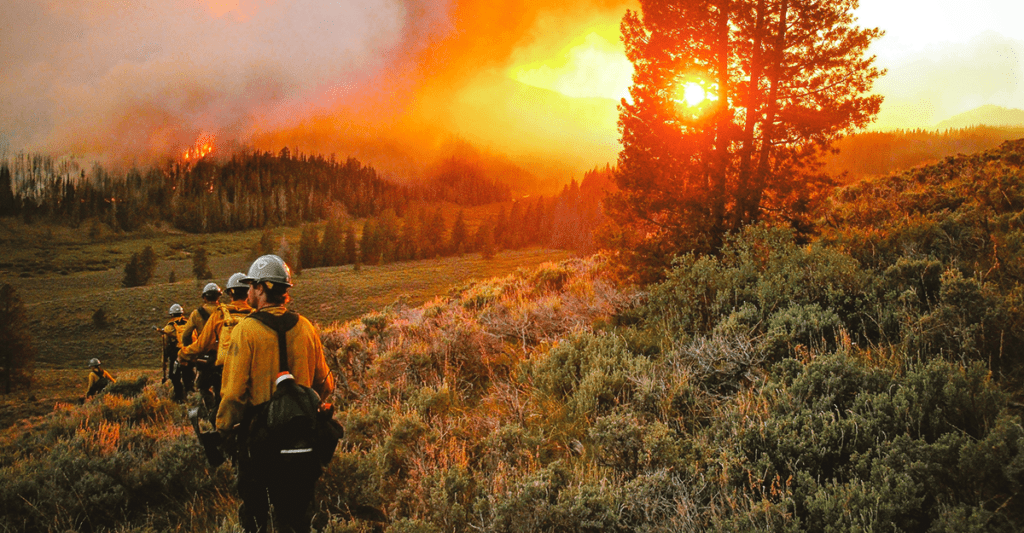
A Communications Strategy for Wildfires
Wildfires in the United States are becoming larger and more destructive — and tragically, also more deadly. At the same time, our communications strategies have dramatically changed. Authorities in charge of public safety and health can no longer depend on the mass media or reverse-911 calls to evacuate areas when wildfires erupt and spread.
Did you know that wildfire season is expanding in the U.S. West? The typical season has expanded by months — not weeks — in places prone to wildfires like California and Colorado.
Our primary use of mass media can no longer be relied upon in cases of emergency to reach everyone. And for many community members, landlines are a thing of the past.
To keep a community safe, authorities need all the tools in the toolbox: SMS and text messages on mobile devices, social media posts, traditional phone calls, and even public address systems need to be options for those sounding the alarm.
That’s where mass notifications come in. With easy-to-use mass notification services, anyone from a governor’s administration to a rural fire chief can quickly and easily inform a community about a pending wildfire, evacuate a neighborhood or even an entire town, and let everyone know the information they need to stay safe.
Heat, drought, lightning, and human causes — mistakes and otherwise — have put wildfires on the map for many public safety authorities and municipalities. There is a wealth of data on just how widespread and destructive wildfires can be, and why.
But while this information is important to know, it’s not as important to know when moments count. If a community needs to be evacuated, and fast, a mass notification system like Regroup’s is absolutely critical to save lives. We are grateful to work with communities in cases of widespread disaster, including the 2018 Camp Fire, the deadliest and most destructive wildfire in California history.
Here are a few examples of how our technology platform was able to assist our customers and their communities during the Camp Fire:
Evacuating a Local College: The college in the danger zone of Oroville, CA used our notifications to completely shut down the campus and keep staff, faculty, and students away from the deadly Camp Fire. The evacuated campus was then able to be used by firefighters other first-response teams as an important emergency staging area.
Relocating Patients at a Medical Center: When the Feather River Medical Center was fully evacuated, patients with critical needs had to be transferred, and fast. Regroup’s customer — a nearby medical center — used mass notifications to call in additional staff immediately. Hundreds of patients flooded through the doors of the center on one single day. Regroup Mass Notification enabled doctors and other care staff providers to receive the information they needed to get each person where they needed to be, and fast.
Read more about how Regroup was used in the 2018 Camp Fire in our latest case study.
Additional resources: Are you ready to evacuate if you must? If you live in a region that is prone to wildfires, or has ever been evacuated due to a wildfire, you should have an evacuation kit. Here are some very easy tips on how to assemble a home evacuation kit.
Regroup also has a free, downloadable wildfires preparedness guide, which includes how to identify the risks in your area and the best practices for wildfire mass communications.
Categories
- Regroup Product Guides
- Disaster Recovery
- Employee Safety
- Routine Communications
- Mass Notification
- Critical Event Management
- Emergency Preparedness
- Corporate
- Insurance
- Business Continuity
- Business
- Education
- Uncategorized
- Nonprofit
- Healthcare
- Hospitality
- Government & Public Services
- Our Clients
- Awards
- COVID-19
- Safety & Preparedness
- Announcements